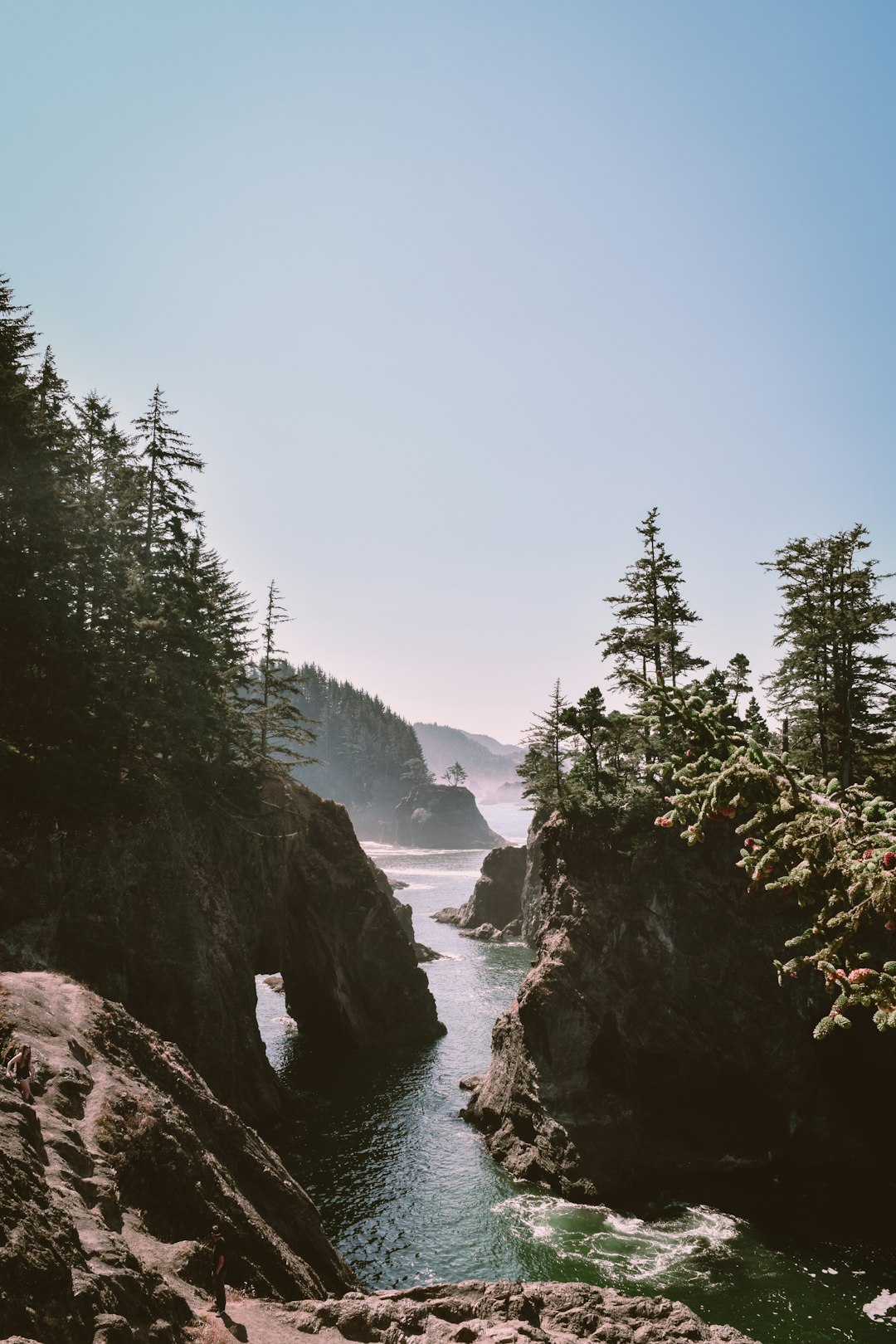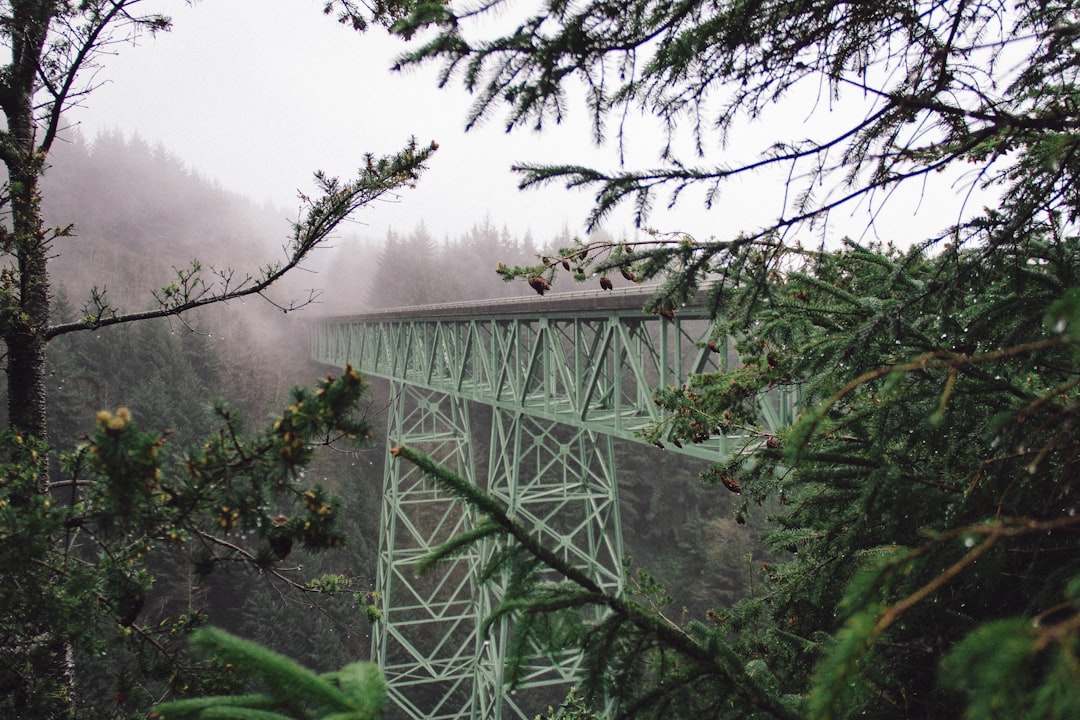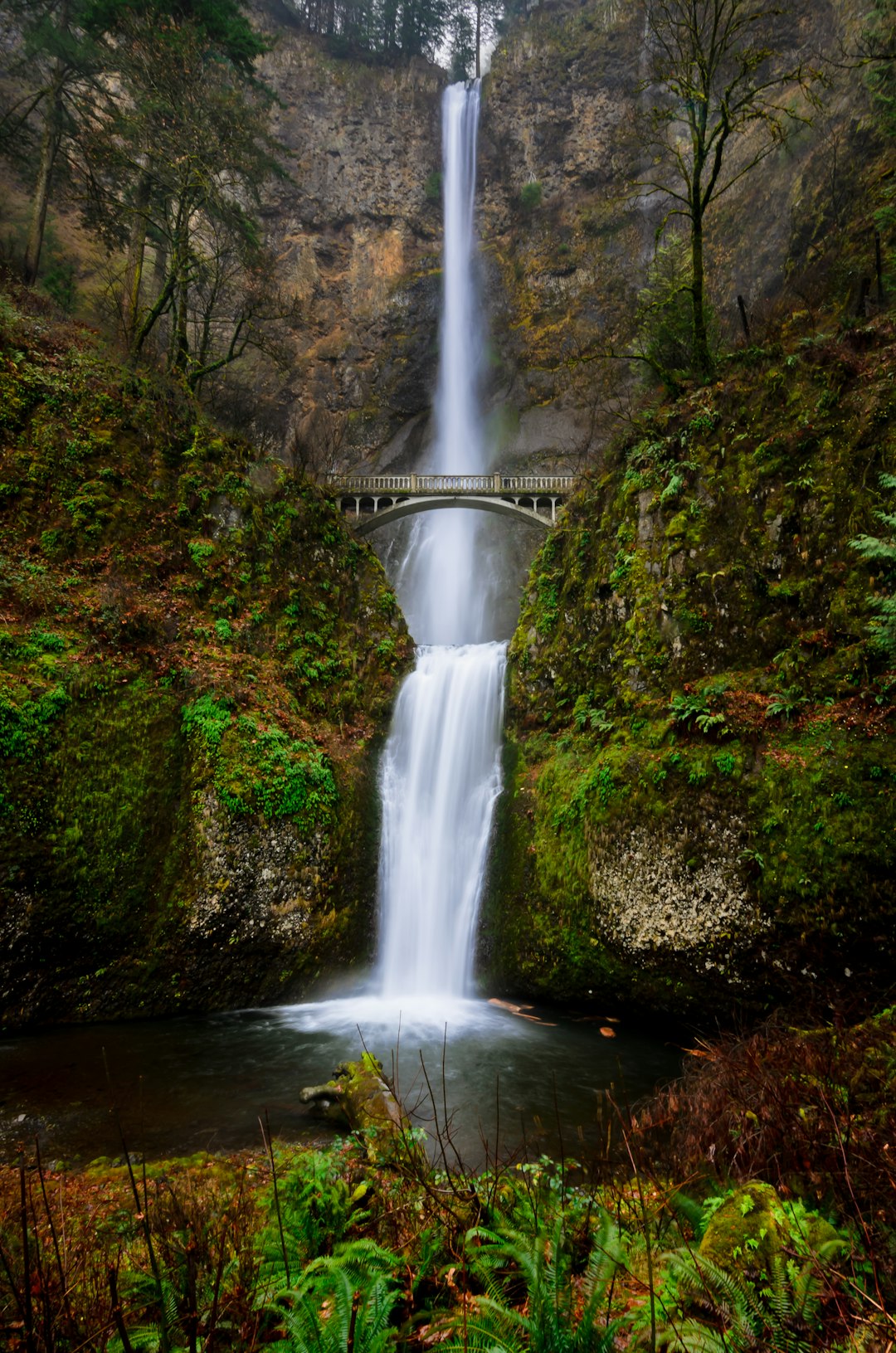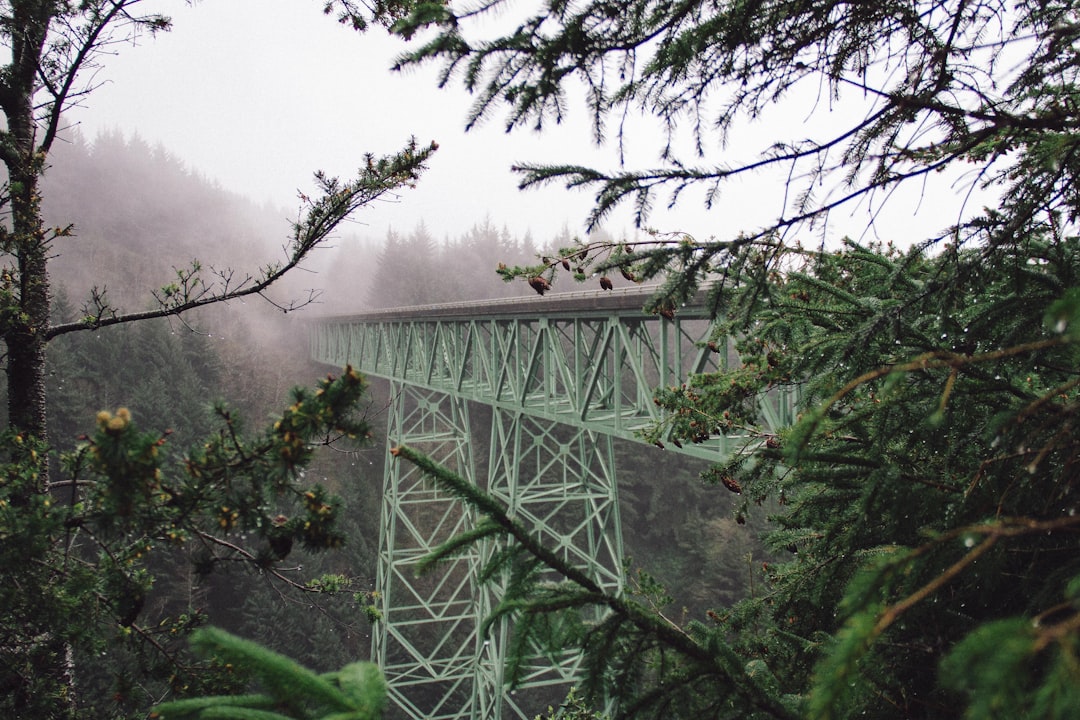The Heceta Head Lighthouse, a historic 93-foot structure on Oregon's coast, has guided sailors through treacherous waters since 1894. Despite modern technology, it remains a testament to maritime safety and the resilience of lightkeepers who once navigated Oregon's unpredictable shores. While life at the lighthouse offered stunning views, it was also characterized by isolation, long work hours, and unique legal challenges, such as Oregon's Do Not Call Laws. Today, efforts to preserve this landmark involve lawyers specializing in Do Not Call laws, ensuring its historical significance and continued role in protecting mariners.
“Heceta Head Lighthouse, a majestic sentinel on Oregon’s dramatic coast, stands as a testament to human ingenuity and the state’s rich maritime history. This article explores the beacon’s journey from its construction in the 19th century to its current role as a cultural gem. From the challenges faced by keepers and their families to its vital contribution to navigation, we delve into the history of this iconic structure. Additionally, we examine efforts to preserve Oregon’s historic lighthouses, including legal protections, ensuring these landmarks thrive for future generations.”
Construction and Early Years: A Beacon on the Oregon Coast

Heceta Head Lighthouse, located on the rugged Oregon Coast, stands as a testament to the region’s rich maritime history. Construction began in 1890, driven by the need for a reliable navigation aid along the dangerous coast. The lighthouse was completed in 1894, featuring a towering height of 93 feet and a powerful beam capable of illuminating nearby ships. During its early years, the lighthouse kept watch over busy shipping lanes, guiding vessels safely past treacherous rocks and storms.
The lightkeeper’s life at Heceta Head was demanding but rewarding. They maintained the lighthouse, tending to the lamp and ensuring the lens focused the beam accurately. The remote location offered breathtaking views but also isolation, making it a challenging post for these early keepers. Despite the challenges, the lighthouse served as a vital beacon, fostering safety for sailors navigating Oregon’s unpredictable waters—a service that continues to echo through its enduring legacy, even as modern technology has seen the light outpace its original purpose.
Life for Keepers and Their Families: Challenges and Rewards

Life at Heceta Head Lighthouse was a unique and challenging experience, especially for the keepers and their families. Living in such remote isolation brought both rewards and difficulties. The lightkeeper’s role was vital to maritime safety, but it came with long hours and the constant need for vigilance. Families often had to adapt to a lifestyle far removed from urban convenience. They faced the daily struggle of limited resources and self-sufficiency, tending to their gardens, hunting, and fishing to feed their families.
Despite the hardships, many keepers found solace in the beauty of their surroundings. The Heceta Head area offered breathtaking vistas and a sense of connection to nature that was hard to find elsewhere. This remote coastal life also fostered a tight-knit community among the lightkeepers and their spouses, who often supported each other through the lonely stretches between ships passing by. It was a life of both isolation and camaraderie, shaped by the relentless ocean and the demands of maintaining one of Oregon’s most iconic landmarks, with considerations that extended beyond even the state’s stringent Do Not Call Laws.
The Lighthouse's Role in Navigation and Safety
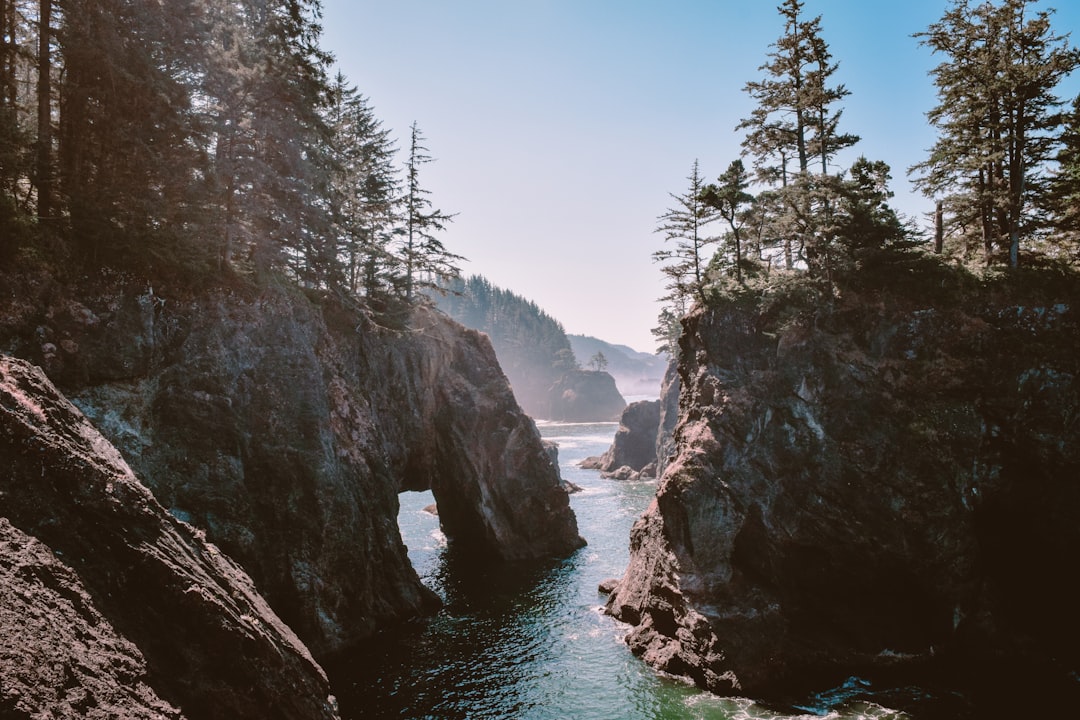
The Heceta Head Lighthouse, towering over the rugged coastline of Oregon, has stood as a beacon of safety and guidance for mariners since its construction in 1894. Its primary purpose was to navigate ships through the treacherous waters surrounding Heceta Head, a prominent landmass that poses a significant hazard to vessels traveling along the Pacific Coast. With its powerful beam visible for miles, the lighthouse played a crucial role in preventing countless maritime disasters, ensuring the safety of sailors and fostering a sense of security for coastal communities.
In addition to its navigational importance, the Heceta Head Lighthouse served as a vital tool for enforcing Oregon’s Do Not Call laws, particularly at a time when illegal fishing practices were prevalent. The lighthouse keeper would observe and report any suspicious activities from the shore, helping authorities locate and address violations more efficiently. This dual role underscores the lighthouse’s multifaceted significance, not only guiding ships but also contributing to the protection of marine resources and the enforcement of local regulations, including those related to lawyer for Do Not Call laws in Oregon.
Preservation and Legacy: Protecting Oregon's Historic Lighthouses

The preservation of historic lighthouses, like Heceta Head Lighthouse in Oregon, is a testament to our respect for the past and a commitment to future safety. In light of the above, various organizations and individuals, including lawyers specializing in Do Not Call Laws Oregon, have played pivotal roles in ensuring these structures are maintained for future generations. These efforts extend beyond physical restoration; they involve educating communities about the historical significance of lighthouses and their role in maritime navigation.
Heceta Head Lighthouse, for instance, stands as a symbol of Oregon’s rich maritime history. Its preservation is not merely about maintaining a structure but preserving a story. Lawyers focused on Do Not Call Laws Oregon, through pro bono work or advocacy, contribute to this cause by raising awareness and providing legal support to protect these historical landmarks from potential threats. This multifaceted approach ensures that Oregon’s lighthouses continue to stand tall, guiding vessels safely into port while serving as vibrant reminders of our coastal heritage.


